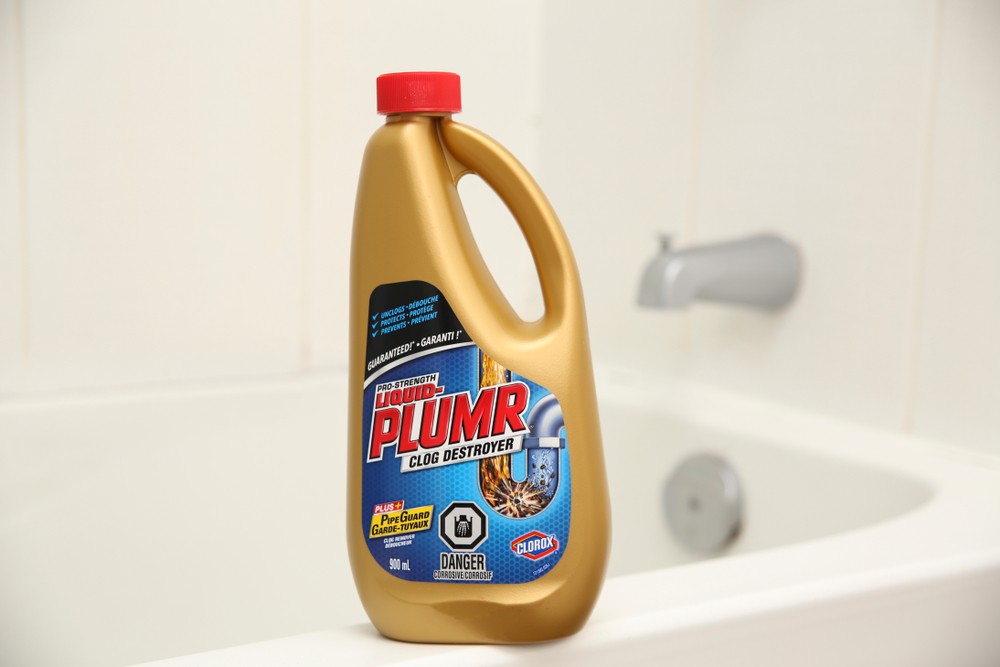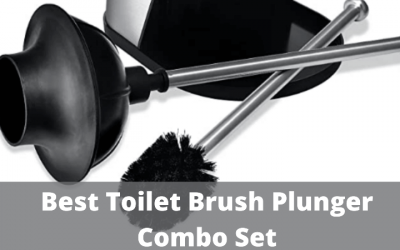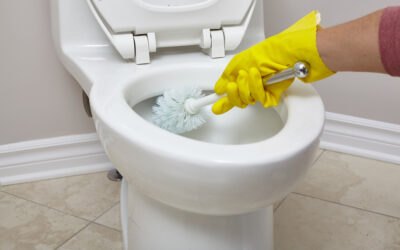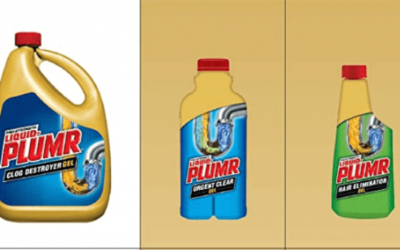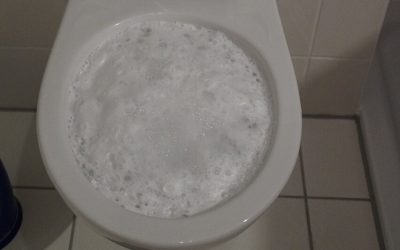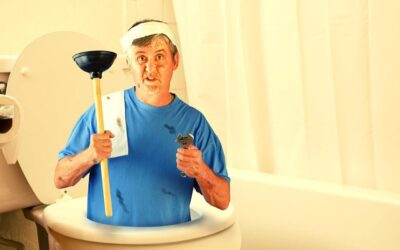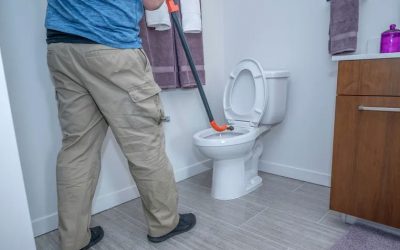Suddenly, your bathroom is out of commission, you’re relying on neighbors to relieve yourself, and no plumber will answer your call.
You feel helpless, hopeless, and worried sick about what to do. And then you remember, you have some Liquid Plumr lurking in your bathroom cupboard. Or you remember a friend raving about it and wonder,can I use Liquid-Plumr in a toilet?
Well, wonder no more! Today we are here to find out if you can use Liquid Plumr in a toilet, when to use it, and when to avoid it to help you get your toilet back to working order!
Keep reading to find out all you need to know!
Can You Use Liquid-Plumr In A Toilet?
Let’s get straight into it: no, you cannot use Liquid-Plumr in a toilet. The drain cleaner and unblocker are not safe for use on your toilet. Liquid-Plumr’s website states clearly that you should not place it down your toilet.
Not only is it unlikely to remove the blockage, but Liquid-Plumr could damage your toilet too! If your toilet is blocked by a foreign object, like a toothbrush, then the solution won’t remove the blockage.
Instead, what Liquid-Plumr will do is create a chemical reaction within your toilet, making it harder to remove the blockage and fix your toilet.
You also should not use Liquid-Plumr in your toilet if you have already used a different drain cleaner. As Liquid-Plumr contains sodium hydroxide and bleach, it reacts badly to other cleaners that use hydrochloric acid.You can end up forming chlorine gas in your toilet, which is harmful to humans and any animals in your home.
Always check the label of any drain cleaner or unblocker that you are using to check what other products are or are not safe to use with them. Most drain cleaners will only be able to be used alone due to these chemicals, be sure they are kept away from.
There have been reports that Liquid-Plumr can eat away the wax ring on your toilet, causing water to leak from the base of your toilet when you flush it. Not all toilets have wax rings, but if yours does, using Liquid-Plumr could cause some serious damage!
What is it used for? Drainage plumber Ryan Old says Liquid-Plumr is designed to remove clogs caused by hair and grease build-ups, which rarely cause blockages in toilets. Instead of treating the blockage, Liquid Plumr can make solving the blockage more difficult and hazardous than it previously was, making your work ten times harder!
What Can I Use Liquid-Plumr For?
Liquid-Plumr is better suited for blocked drains and pipes connected to sinks in your home. You won’t be able to use it on rubber pipes, as the chemicals can damage them, but you are good to go!
You can use Liquid-Plumr if you have a septic system too! It can be used in bathroom sinks, kitchen sinks, bathtub sinks, and other drains if needs be!
Liquid-Plumr will remove the build-up of grease, hair, and other products to clear blockages and remove any odor that may be present.
Be sure to follow the instructions carefully on your Liquid Plumr for the best results. It’s advised that you don’t use it too often, as the harsh chemicals can harm your drain if used excessively over time.Instead, use it only when you have a blockage or odor that is related to a blockage.
Remember to store your Liquid-Plumr securely away from children and animals and ensure the lid is firmly closed; you don’t want any spillages of this!
How Can I Unclog My Toilet?
The easiest way to unclog your toilet is with a good, old-fashioned professional local plumber. You can use other methods to unclog your toilet like using a saran wrap, but this is usually the most successful and straightforward. To unclog your toilet, you can follow the steps below:
- Stop flushing! It can make the blockage worse as you are adding more water to the bowl, and at some point, it’s going to spill out onto your floor!
- Get a plunger, ideally with a flange. A flange is a smaller opening at the bottom of the plunger, looking a little like a cup. It fits snugly into the toilet bowl and helps drive more power when you are unclogging!
- Place the plunger vertically into the toilet drain, keeping it as straight as possible. You will want a tight seal, with the plunger submerged fully into the water. Start gently, then become more vigorous, plunging up and down.
- Take your time! It can take a little while, so don’t panic or try to rush the process. However, if nothing happens after a dozen or so plunges, you might need to consider other options.
- If the plunger is working, the water levels should go down as the blockage passes through the pipes. If not, you might need a drain snake or auger to remove the blockage.
And there you have it! If you encounter any difficulties, you can try other methods, such as using a dish soap mixture to break the blockage down. However, if you do struggle, contact a plumber in your area who can rectify the issue for you!
Final Thoughts
And just like that, we have come to the end of our liquid plumber journey today! As you can see, Liquid-Plumr is not suitable for toilets and can even damage them if you aren’t careful!
The drain cleaner and unclogger aren’t suitable for your toilet but can safely be used in other drains and sinks in your home.
Take care when using the unclogger and remember to follow the instructions carefully; the last thing you want to do is cause more damage to any blocked pipes!
To unclog your toilet, try a plunger or other methods instead of Liquid-Plumr. Remember to call a professional if you are struggling too to help unclog your toilet or other drains!

